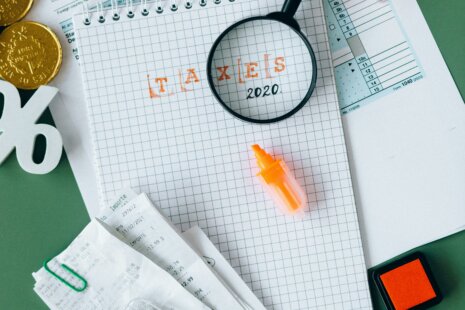As a general rule of thumb, it’s recommended for self-employed individuals and small business owners to set aside approximately 25% to 30% of their income for taxes. However, the exact amount you should put aside for taxes can vary depending on several factors, including your business structure, income level, deductible expenses, tax credits, and applicable tax rates.
Here are some considerations to help you determine how much to set aside for taxes…
- Tax Rate – Estimate your effective tax rate based on your income level and the tax brackets applicable to your filing status and business structure. Effective tax rates can vary widely depending on factors such as deductions, credits, and other tax planning strategies.
- Self-Employment Taxes – Self-employed individuals are typically required to pay self-employment taxes, which consist of Social Security and Medicare taxes. These taxes are in addition to income taxes and are calculated based on your net self-employment income.
- Estimated Quarterly Taxes – If you expect to owe $1,000 or more in taxes for the year after subtracting withholding and refundable credits, you may be required to make estimated quarterly tax payments to the IRS and state tax authorities. Estimate your quarterly tax payments based on your expected income and tax liability for the year.
- Deductions and Credits – Consider any deductions and credits you may be eligible for, such as business expenses, retirement contributions, health insurance premiums, and other tax deductions. These can help reduce your taxable income and lower your overall tax liability.
- State and Local Taxes – Don’t forget to account for state and local income taxes, if applicable. Tax rates and rules vary by state and locality, so be sure to research the tax laws in your area.
- Consult with a Tax Professional – For personalized advice tailored to your specific situation, consider consulting with a tax professional or accountant. They can help you estimate your tax liability, develop a tax strategy, and ensure compliance with tax laws.
By setting aside a portion of your income for taxes throughout the year, you can avoid facing a large tax bill when it comes time to file your tax return and help ensure that you have enough funds to meet your tax obligations.




